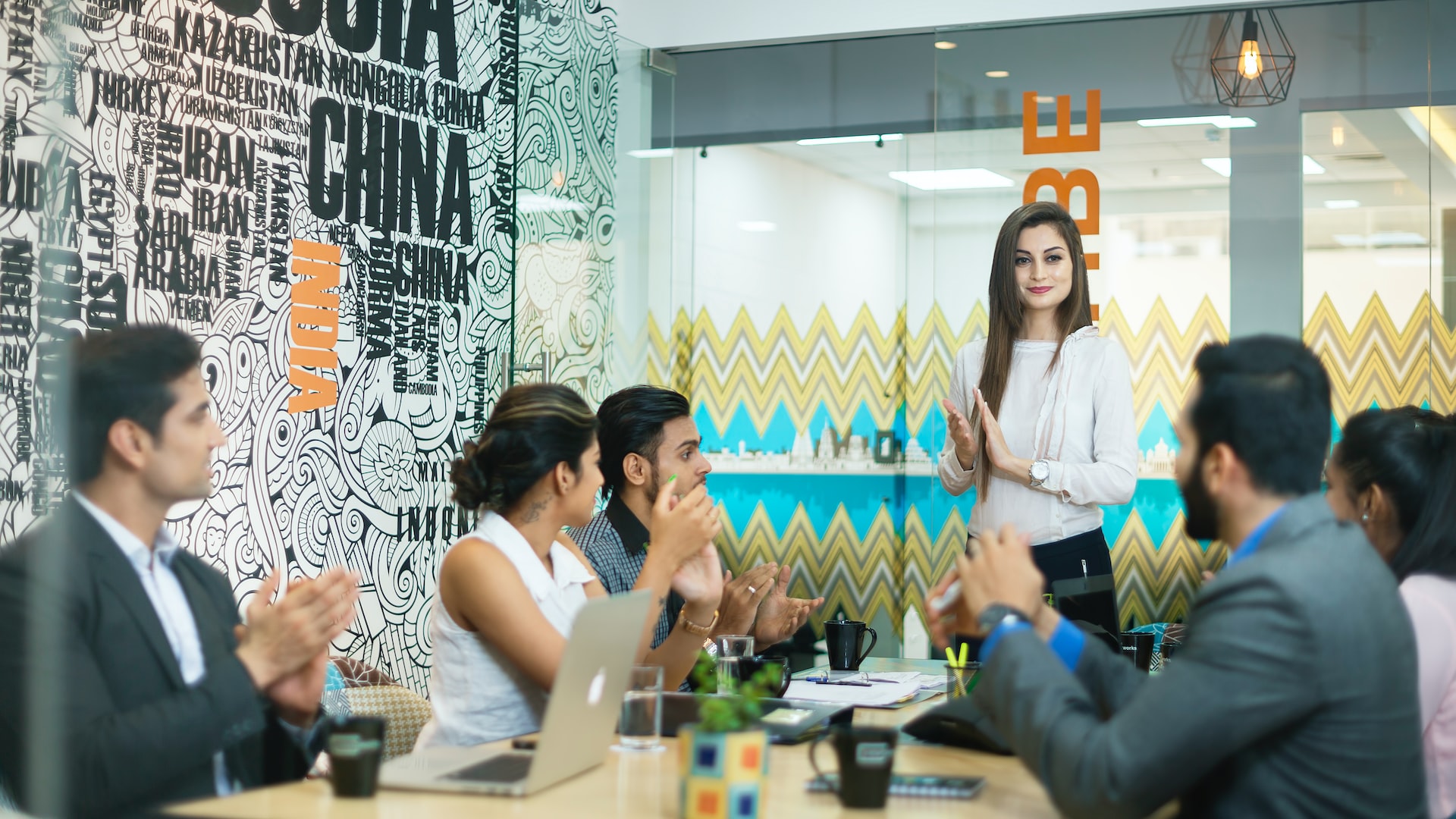What is Your Greatest Weakness
By acknowledging your greatest weakness, you can take targeted steps towards self-improvement, ultimately becoming a more well-rounded individual.
In this guide, we will delve into various strategies for identifying your greatest weakness and offer tips for addressing it and turning it into an opportunity for growth.

The Importance of Self-Awareness: Laying the Foundation for Identifying Your Weakness
To begin the process of identifying your greatest weakness, consider the following self-reflective exercises:
Examining Past Experiences
Identifying these patterns can help you pinpoint areas where you may need improvement.
Gathering Feedback from Others
Be open to their opinions and avoid getting defensive. Their perspective may reveal valuable insights into what is your greatest weakness.
Assessing Your Skills and Abilities
Narrowing Down Your Greatest Weakness: A Multi-Faceted Approach
Utilize Self-Assessment Tools
Seek Professional Guidance
Identify Areas of Discomfort
Strategies for Turning Weaknesses into Opportunities for Growth
Here are some strategies to help you transform your weakness into a strength:
Set Specific Goals
Let's look at one of the greatest weakness examples to consider.
If you're really struggling with public speaking, you might set a goal to deliver a presentation to your team within the next three months.
Develop a Growth Mindset
Seek Out Resources and Support
Additionally, seek out the support of mentors, colleagues, or friends who can provide guidance and encouragement along the way.
Practice, Practice, Practice
Monitor Your Progress
Building Resilience: Learning from Failure and Embracing Vulnerability
Here are some tips for developing resilience in the face of your greatest weakness:
Accept Failure as Part of the Process
Cultivate a Support Network
Develop Emotional Intelligence
Stay Flexible and Adaptable

Final Thoughts: The Ongoing Journey of Personal Growth and Development
The journey of self-discovery and personal growth is one that never truly ends. To facilitate your journey of self-discovery and personal growth, consider Maven's diverse courses designed to help you turn weaknesses into strengths and become your best version of yourself.
Related Courses
Grief & Growth
The surprising truth about grief is many grow from the experience. Learn how to transform your pain into future purpose and find meaning.
Beyond Your Limits
Engineer Your Life and Career to Achieve More Without Stress While Enjoying a Positively Unfair Advantage Through Goal-Setting!
Deepening the Well of Wisdom
Today we are drowning in intelligence, yet face a drought of wisdom. This course helps you tap into this most vital, underutilized resource.
The Missing Peace: Train Your Nervous System for Inner Ease and Outer Impact
You're already self-aware and successful. Now, get out of your head, into your body, and tap into your full presence when it matters most.
Find Your Business Flow
Find your business rhythm in 6 weeks. Join our cohort to cultivate actions that fuel growth, creativity, and flow. Price increases in 2025!
Built To Change The World
Genius isn't a gift — it's a rhythm you train. This is quantum growth — structured, accelerated, and real.
You might also like

A Leader's Guide to Effective Presentation Skills

Goal Setting: A Guide for Leaders

9 Leadership Styles (and How to Develop Your Own)

